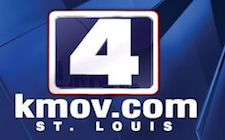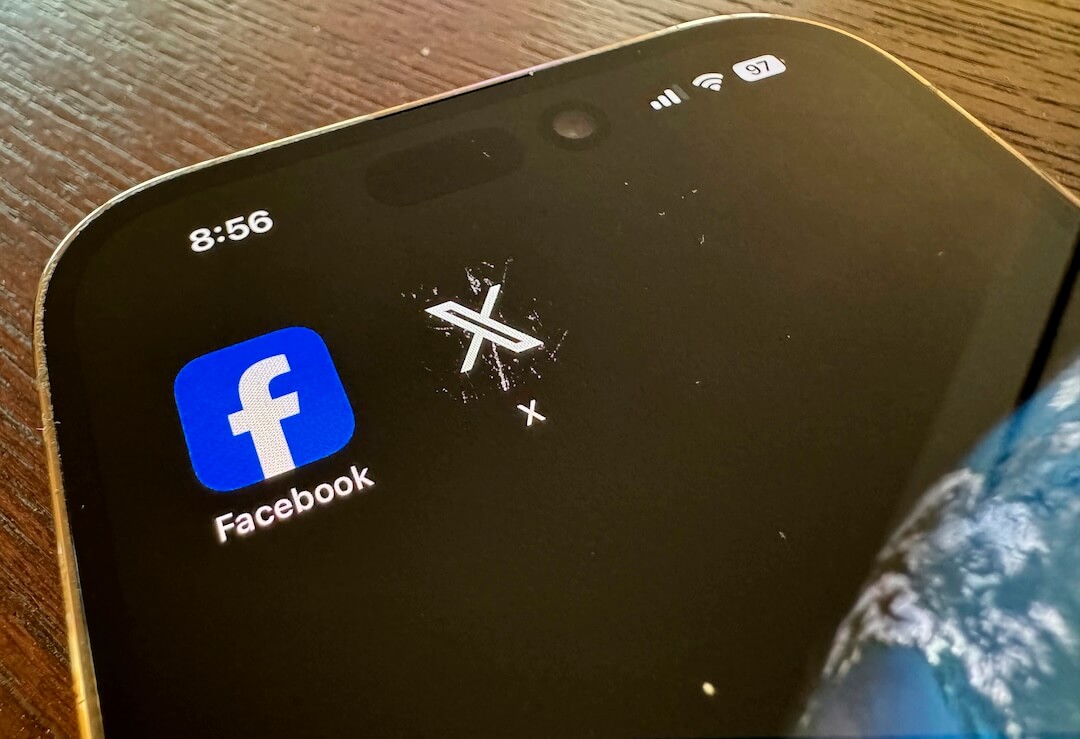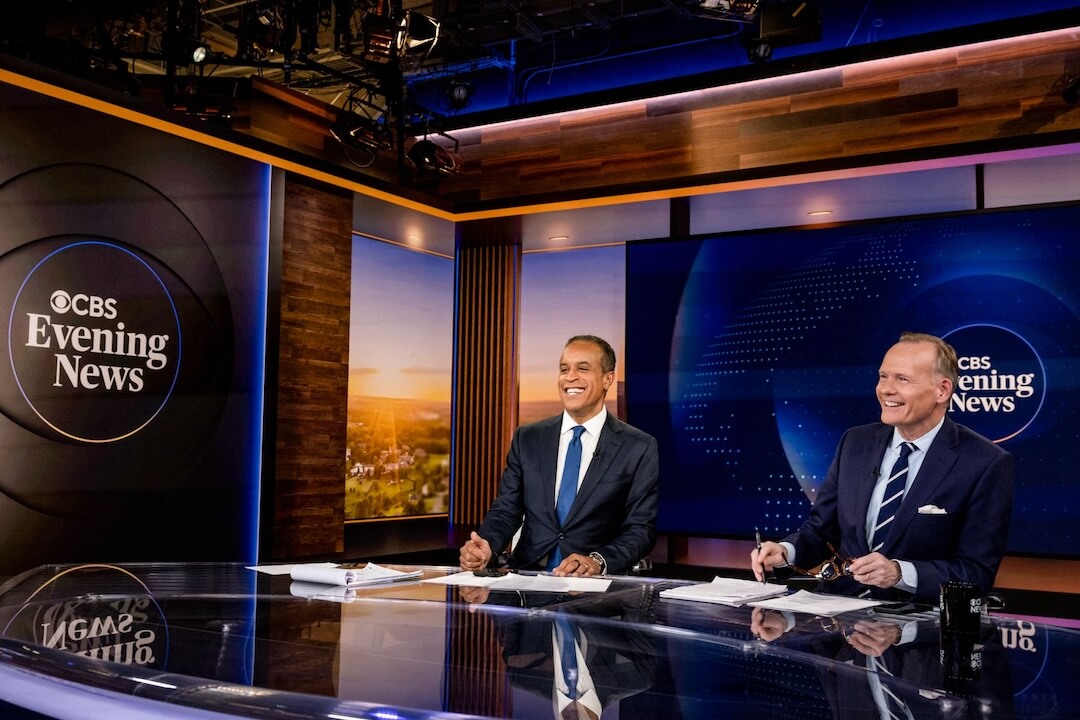Since Saturday, local media in St. Louis have covered the shooting of Michael Brown in Ferguson, Missouri. National media joined them, and on Friday, the story made the front pages of newspapers in the U.S. and around the world. We checked in with several newsroom leaders and asked them the same five questions about their work, the competition and the best and worst of what they’ve seen. This is part five in our series.
Brian Thouvenot is the news director of KMOV-TV. He answered questions for Poynter via email.
1. What is the most important thing you’ve told your staff as they cover this story?
Safety is their FIRST priority! During the riots/looting on Sunday night, rocks were thrown through the windows of one of our live trucks and it gives you pause that we’re not safe where we’re documenting a major breaking event in our community. So, I instructed crews that if they felt unsafe, they need to clear the area and we’ll figure out our next move.
2. Give us an example of the best coverage you’ve produced or seen.
The amazing difference in the hours before the Highway Patrol took the lead on the security in Ferguson, versus after. Before our crews were dodging tear gas canisters along with demonstrators. After, we were following Highway Patrol Captain Ron Johnson as he led a march down West Florissant. Both events happened LIVE on our air.
3. What’s the worst?
The night of the looting/riots Sunday after 11 p.m. Many times I watched crews (from other stations) who were in some very precarious situations, surrounded by very large and angry crowds. We made a call to fall back and start documenting the looting non-live, instead of live play by play. his move also helped extended coverage of our morning news Monday.
Also in the evenings following, coverage of the occasional skirmishes only seemed to escalate the situation. You just have to wonder if people looking to make a point saw the coverage and decided to jump in.
4. Do you see a difference in national and local coverage of this story?
The starkest difference is how journalists are being treated. On the local level, we have had relatively no issue with police. But the national story is one of arresting and jailing journalists. In fact, police officials bent over backwards to honor every request to appear on KMOV, including a Town Hall meeting we produced Wednesday night in primetime from 8 to 9 p.m.
5. How does our ability to report in real time across platforms help citizens — and have you seen downsides that must be managed?
The three screen reporting of this event has been significant. All of our content can be seen on air, online, on our apps and on our social media pages. So our journalism is widely available. But, that doesn’t stop the masses from being distracted by countless errors and flat out wrong information on social media. It’s very disturbing how certain people are using social media to try and manipulate others. I cannot tell you how many false tweets we HAD to verify as false, no matter how outrageous. And then there’s Anonymous, which jeopardized the safety of countless citizens in St. Louis including the police officers they wrongly identified as ‘the shooter.’ Hackers have also disrupted legitimate business that needs to be conducted by the hard working citizens of St. Louis, by taking down government websites. It’s disheartening to see outside groups with no vested interest in St. Louis, disrupting the lives of our communities.
Previously: Gilbert Bailon, editor-in-chief of the St. Louis Post-Dispatch. Joe Lamie, managing editor of KTVI; Margaret Wolf Freivogel, editor of St. Louis Public Radio; Chris King, editorial director of The St. Louis American








